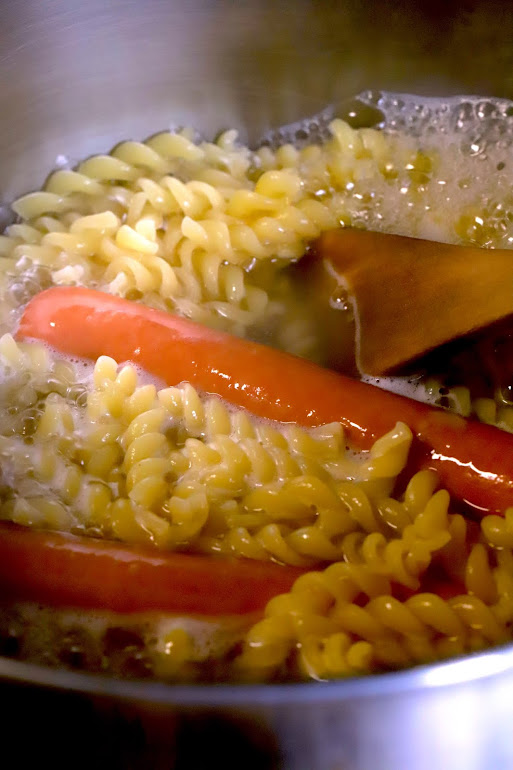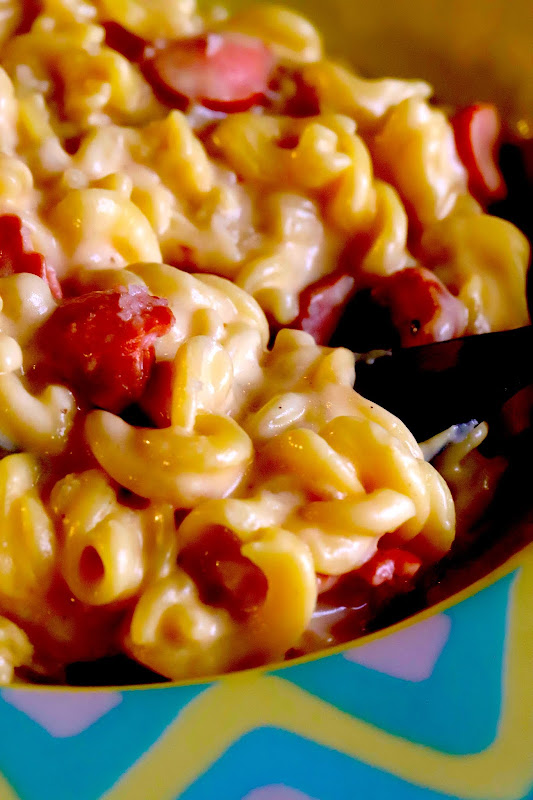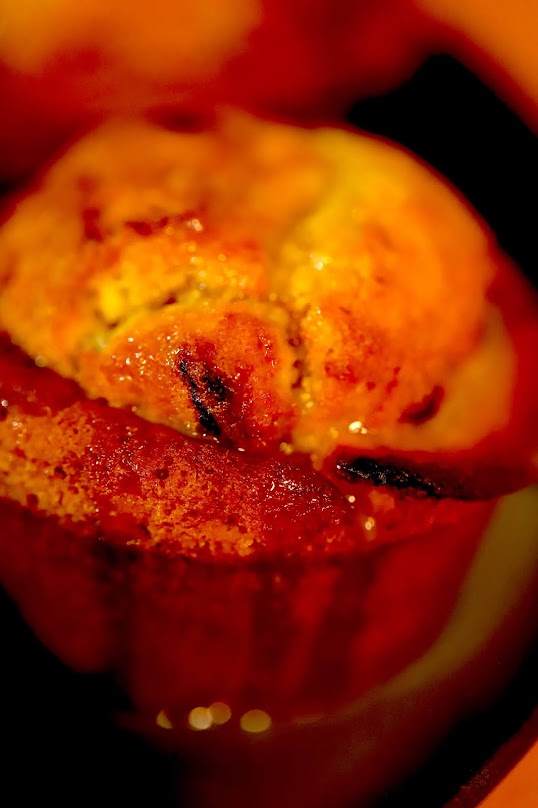What!? I'll explain. A gas bubble was injected into my right eye several weeks ago in the operating room at Bordeaux Pellegran hospital. Such a procedure, as squeamish as it may sound, is used for the temporary holding in place a formerly detached retina. In my case, it peeled off that eyeball within a week resulting in blindness. During that time my normal eye floaters morphed into a rampaging dazzle of zebras fleeing a lightning storm; yes, I knew something was egregiously wrong.
A sudden medical emergency during a pandemic was challenging, but thanks to the excellent French medical system and the unrelenting focus of The Calm One who ensured I got to where, when I needed, and received/receiving all things required for my eventual recovery, I am doing well, with a high probability of complete restoration of sight. Hence during this recent festive season, the words coming from The Calm One were not the usual ones like here, have some more eggnog, but more in the vocal vein of since not only do you see 50% less than usual in addition to having double/tunnel vision along with a dizzying perspective familiar to folks experiencing seasickness, not to mention an uncanny blue tinge saturating all the foggy muck, but also because the bubble doesn't like when your eyes are lower than your heart, let me pick up the pencil you just dropped on the floor.
Call me whimsical, maybe even practical, or my preference, the paradoxical playful pragmatic, a short and sweet phrase, think what is best for the bubble, was born and has aged well in the new year because my recovery will continue at least several more weeks and even months. It works like a mantra, a soothing focus to keep us reinforcing the admirable work done by my excellent surgeon whose skill, steady hands, contagious calm, and ability to answer questions clearly in perfect english is examplary.
Her assistant is equally brilliant. She greeted me with the most beautiful bedside manner as soon as my gurney was wheeled into the operating room. Her emotional support never ebbed. After injecting local anesthesia, the surgeon told me that her assistant will hold my hand for the next stage of the thirty-minute procedure during which I felt unwelcomed pressure invading my eye. My forehead was taped to the table, but my hands were unsecured and wanted so much to flap upwards towards my eye. Squeezing her hand during that brief, but extremely uncomfortable time, was exactly what I needed to remain calm.
As an experience, it was an interesting one, well actually, up to this point of my life, it was absolutely unique. My face was covered with a thick, translucent-blue mat with an eye-shaped cut-out on which the surgeon's tools were placed. Various laser machines close by were buzzing. As time went on, so many colours flashed past my eye, and towards the end, when the gas was being injected, swirls of thick, fleecy snow-drifts whirled about, wrapping themselves around a blue sky, that is, the blue mat, until there was just a pristine, glistening blanket. It was over. The operating room staff bustled about, clearing machines and tools. Finally my eye was unclamped, the blue mat removed, and I was guided into a sitting position. The surgeon and her assistant floated into my vision field. It was so nice to see their smiling faces!
Though not needing to be put under general anesthesia allowed me to leave the hospital the same day, it also meant that my ambulatory status could lead to my doing more than the bubble liked. But it's a good teacher. If I deviate from the position my medical team inculcated in me--post operation, a large number of staff all repeated every chance they got: during the day either stand or sit up straight, that is, your upper torso must be at a right angle to your legs, at night, you must sleep on the side of your operated eye--that eye speaks to me via a heaviness bordering on pain.
Though some recommend sleeping face-down after a retinal re-attachment operation, I also had a lens transplant to take care of a pesky cataract and the advice for sleeping after that operation is face-up, so with a dual procedure covering both conditions, the compromise is sleeping on my side. But even with a good teacher, a student may act up and that's when The Calm One's personal interface reigns supreme. His respectful intervention runs on the lines something like, yes, you are independent, yes you could push yourself till you drop, but why do that? I am here, I will do what you best not do during this time of convalescence.
The postural restriction along with antibiotic, anti-inflammatory drops three times daily are essential to assist the bubble's purpose. It performs a similar function as a vise would when gluing two items together. The gas dissipates slowly, taking three to four weeks. During that time, the brain tries to adjust to the gradually increasing vision just like it did when when my vision was diminishing before the operation. But even with patient compliance the retina can detach once again soon after. In that case, the operation is repeated but with a different gas. I wear a medical alert band on my right wrist because as long as there is gas in that eye it is courting disaster for me to be above a certain altitude or to receive some forms of general anesthesia. To keep on top of an ever changing situation, we troop off to see my surgeon in Bordeaux, an hour and half drive from Angoulême. With one follow-up done on Christmas Eve under our belt, the next one is in mid-January. During that last visit, we followed social distancing mostly except for the surgeon and me. The Calm One as well as her assistant was seated over six feet from us in the room. When asked if there was anything I was concerned about, I yelled across the room to The Calm One, are you still concerned we'll run out of eyedrops? I explained to her that he was taking care of me. Her reply was, oh he's a good one. We were told that my prescription was a refill. Later on, I made sure he knew what she said because as I had guessed, he didn't.
Though I have a good one, many women find themselves in the opposite situation especially during the pandemic where domestic violence mostly targeting women, and yes, that includes trans women, has increased. Even in this hospital with the wonderful women professionals all around, I was subjected to sexual harrassment which I define as being sexualized without my consent. While I was waiting on the gurney outside the surgery room, about fifteen minutes before the surgery was to begin, a man attired in medical clothes and unknown to me rapidly wheeled my gurney down various passageways to a group of about ten men by whom I was made a butt of their ringleader's joke, oh no, that is not the one I want! Amid their laughter, I sat up and twisted my head around so I could identify with my good eye the ringleader. When I protested loudly at their behaviour, the ringleader's henchman tried to shut me up. He didn't succeed. I just protested louder. When I was wheeled back in front of the surgery, the henchman tried again. I spit into my mask. He recoiled and left. The ringleader and his henchman together tried yet again after I was left unescorted for a brief time following surgery. They still did not succeed as I refused to respond while moving as far as possible from them as much as the narrow hallway allowed while keeping my face sharply turned in the opposite direction and taking wide, strongly placed steps, close to a march. As my focus was on my recovery (I had not drank or eaten for about twenty hours and I needed to do so quickly) that was all I decided to do at that time. Perhaps the staff who were leading me towards nourishment took note of my various reactions as it is very possible that these harassers have done something like this previously. At the very least, any whisper networks were probably fed the pertinent information.
I still find it difficult to do everything, from reading to cooking to drawing to photography to tapping away on the keyboard to walking up and down stairs to going out the house, even if it is just to the garden. The last time I tried to walk down the garden's central path, I couldn't get farther than a few feet because the clothes line flanking the path looked much lower plus it slanted over the path twice. So I'll be slowing down and taking the time to rest. This medical situation has exhausted us both.
Another helpful, short and sweet phrase, given towards the end of my eight-hour hospital stay by countless staff, inspiring me to do all the things I need to do to maximise healing was bon retour (welcome back). It was said with a dual purpose, that I will be able to be embraced by the comforts of our home fairly soon (yes to my plaid flannel jammies and mint green tea with a whole wheat muffin marbled with ginger orange raisin puree topped with orange icing!) and that the staff will be here in the future to continue post-operative care. That first night of recovery as The Calm One guided my eye-patched self out of our car to begin the slow walk across our front garden followed by the awkward ascent up the stairs to the balcony front entrance, the pain of the operated-upon eye which had surfaced upon the wanning of the anesthesia, was dulled by the scent of lavender wafting by my nose, whispering, you are home, bon retour.
I wish a similar double bon retour to myself and my readers. Someday we will return to my writing and your reading of Souped-up Garden.
Till then!
































